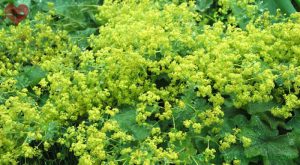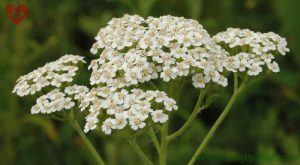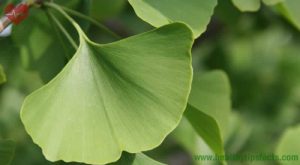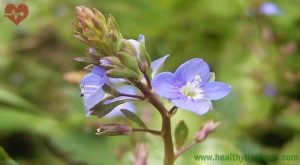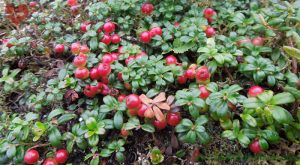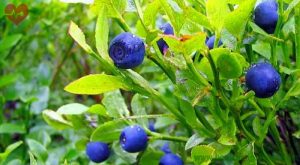Varicose veins and thrombosis
Inflammation and thrombosis of the veins, clinically cannot be separated from one another. They’re described with superficial thrombophlebitis, and deep veins along the lower extremities.
In the case of superficial veins, the patient feels a dull pain in the area of the touched veins, and there is redness and sensitivity when touched. In cases of deep thrombophlebitis symptoms aren’t shown. If the bigger veins are held theres still blood flow to the leg, but it can also be increased body temperature or increased heart-rate. As a result, or it could be the first sign of the disease, embolism of the lungs could occur. Thrombophlebitis of the deep veins requires medical help.
Horse chestnut : In the traditional herb medicine, the seed from the horse chestnut was used to treat expanded veins and hemorrhoids. A tincture is used made from grated chestnuts collected in a clean environment. The same ones are peeled, grated and put into a homemade rakia. In a ratio of 200 g to 1 l of rakia. Leave for around 2 weeks, after which the tincture is used 2 times a day, 15 drops in a cup of normal water.
Violet : Flowers from the violet contains large quantities of rutin which strengthens the capillary walls. You only need a few spoons to get 100 mg of rutin. But is the violet be edible? Yes, the wild one. It’s considered as an edible flower, it can be used in small quantities, you can make good salads using it. Although if you don’t want to eat flowers, you can try buckwheat seeds, which also large amounts of rutin, which is more than enough to strengthen weakened capillaries. A dish of buckwheat pancakes is a pleasant way of consuming the medicine. You can also eat it in a stew.
Onion : An onion peel is one of the best sources for the compound quercetin. It’s said that it strengthens the capillaries. To use on a bigger scale, you have to use the onion with the peels. Baked for example.
Blueberry : The blueberry increases the speed of the circulation, it encourages the creation of new capillaries and strengthens the capillary walls.
Recipes
Take 25 g of mistletoe, horsetail, garlic and hawthorn flowers and 20 g of thistles, willow bark and 10 g of horse chestnut flowers and core. 2 big spoon from this mixture are mixed with 500 ml of water, drink 3-4 cups with honey.
50 g of linseed is boiled with 3 l of water for 20 minutes. Use this to clean your feet and as covers for painful spots.
50 g of gentian root is poured over with 1 l of 30% pure alcohol. Keep in bottles for 8-10 days. Drain and drink 1 cup of this before meals. It’s prepared just like the last recipe.
The following covers are very good aswell: a mix of 5 fresh, sliced fruits from the horse chestnut, a pinch of slag, cypress cones, hazel bark and pir. Take the mixture and pour 500 ml of boiling water and leave for 3 hours. Use as a cover for painful spots.
Foot baths are very effective, and they’re made using 30 g of each of the following herbs: calendula, nettle, horsetail and yarrow. 150 g of the tea is put into 6 l of water that had been boiled for 5 minutes then left for 5 minutes. Leave overnight then drain. Do foot and hand baths in this water for 7 days, in the morning for 8 minutes, And at night for 5 minutes. Heat up the water a little so it’s lukewarm but not hot

